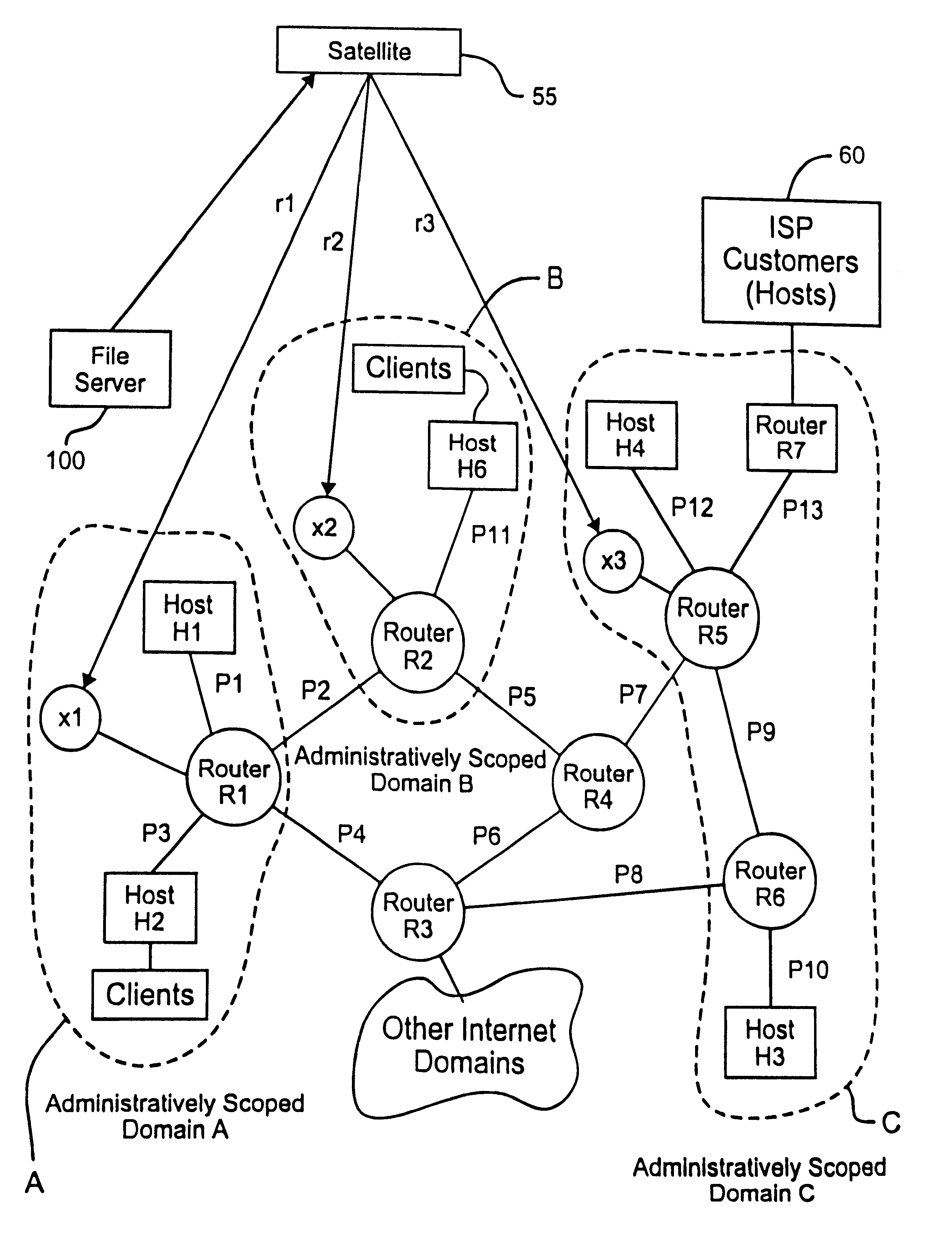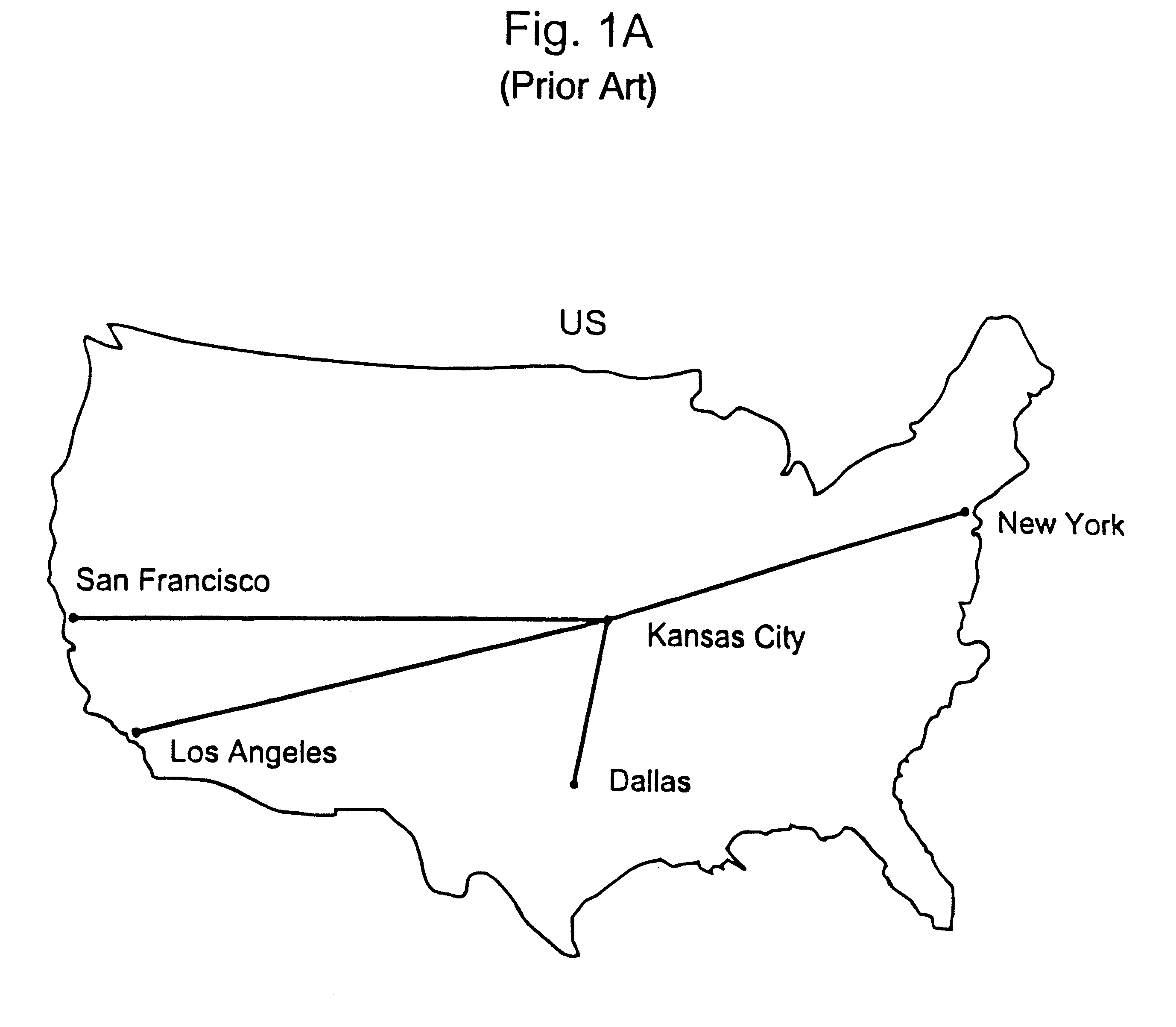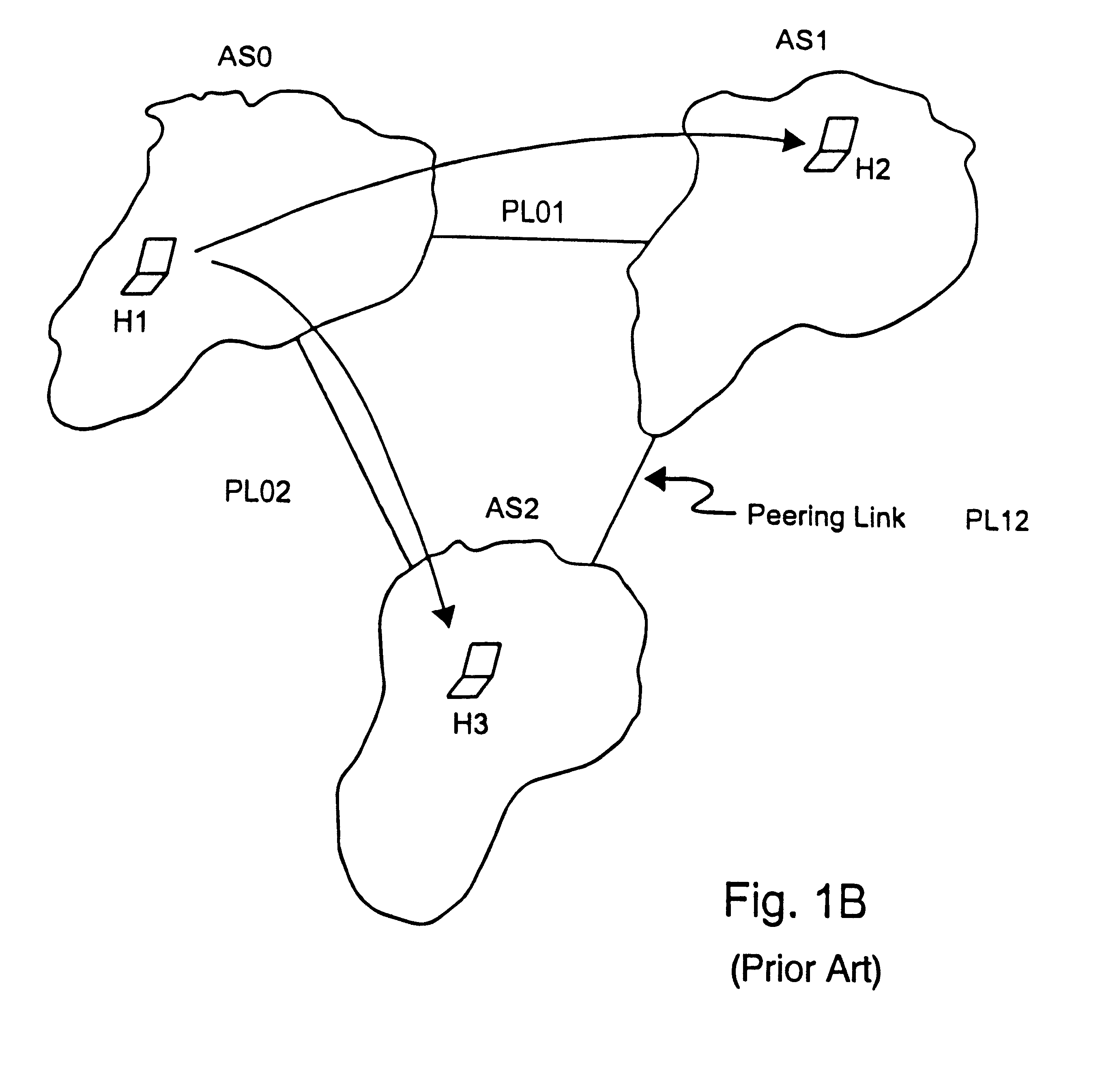For Internet transfers, it s relatively unimportant how long each
file transfer takes as long as it is reasonable.
Accordingly, Internet transmissions are effective, but cannot be relied upon for
time sensitive applications.
However, the original design of
the Internet to did not anticipate such real-
time data transmission requirements.
Regardless of such increased bandwidth, the
interconnection configuration is comprised of various routers which may still not be fast enough and can therefore significantly degrade the overall end-to-end performance of the traffic on
the Internet.
While this has anticipated as being sufficient by various Internet providers, it will quickly prove to be inadequate for near-future applications.
Intranets, however, are privately owned and operated and are not accessible by the general public.
Intranets are typically much more expensive for connect time, and therefore any related increase in
throughput comes at a significantly higher price to the user.
Such broadcast methods through the Internet thereby prove to be ineffective given the two-way data
throughput needed to access web pages and real-
time data.
However, a broadcast provided through a centralized location, such as a
web page for a real-time Internet connection, will be limited by practical concerns to offering only nationally advertised products, such as
Coke or Pepsi.
Since people might be connected to this
web page from around the world, local merchants would have little incentive to pay to advertise to distant customers outside of their marketing area.
The
broadcast channels of today, such as radio and TV, can only deliver a small number of channels to a large number of listeners.
The foregoing requirements can be achieved with limited success, particularly in conjunction with the Internet.
In today's Internet,
Internet users most often share a terrestrial or perhaps even extra-terrestrial or
wireless communications infrastructure; and as a result the total
throughput is limited.
Since the
signal from the
server is generally a
high bandwidth signal including
multimedia content, any degradation of the throughput from the
server to the clients results in an annoying disruption of the video and / or audio at the clients.
Until RSVP is fully enabled, QOS cannot be guaranteed.
Nevertheless, even with RSVP, the problem remains that the Internet infrastructure provides limited
transmission bandwidth.
Another example of the limitations inherent in the finite throughput of the Internet is the generally limited audience size for a given transmission link.
The costs further escalate and the
client audience size capability further diminishes as each
client connects to the server using higher bandwidth modems or the like.
The large bandwidth requirements (622 mbs) to supply a relatively small number of clients (22,000) coupled with the stringent requirements placed on the server to supply the content to each client has created problems that “on-demand” systems have yet to economically overcome.
Multicasting helps to somewhat mitigate the transmission costs but there are still a great number of cases where it provides little optimization.
As such, the transmission is still expensive.
Further, the
multicast system model breaks down at high bandwidths and during periods of low data throughput within the Internet infrastructure, resulting in annoying degradation of the transmission content.
Another issue is distribution of information between autonomous systems.
Backbone providers that form each of autonomous systems are reluctant to enable multicast over their
peering links because of the unknown load placed on boundary routers and billing issues related to this new traffic which originates outside of their autonomous systems.
The applicants' have discovered, however, that one problem with the applicants
system is that, although the near-on-demand delivery is very advantageous, by itself, it does not allow for the level of flexibility an Internet user may desire in playing or accessing content
on demand and, for example, long after the near-on-demand delivery has terminated for any given content.
Another problem that the applicants have discovered is that the broadcast model itself is unduly limited in its ability to meet the demands, and satisfy the needs of, providers of localized or regionalized advertising and similar types of localized content.
This creates a significant problem for distribution of localized content, such as locally tailored advertising, through such a non-localized
broadcast system.
The providers of such locally tailored advertising frequently do not purchase advertising in such non-localized broadcasts, and the
potential market demand for advertising through such mediums is correspondingly limited.
Also, even when pursuing locally-tailored advertising, advertisers are often forced by the available traditional media to purchase advertising in unnecessarily large regions or for delivery to recipients who are not as targeted as might be desired by the advertiser.
The applicants' embodiment disclosed in the applicants' prior art
patent application did not solve this type of problem in and of itself.
 Login to View More
Login to View More  Login to View More
Login to View More 


